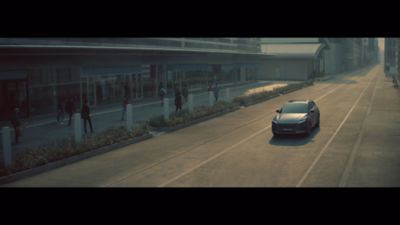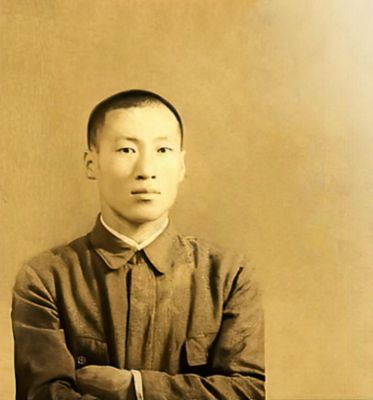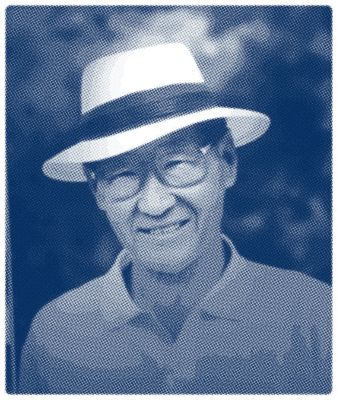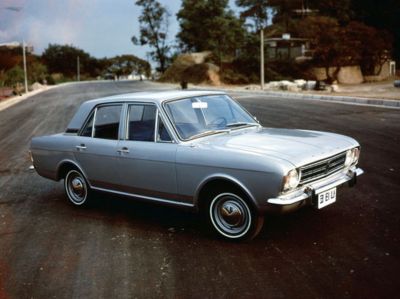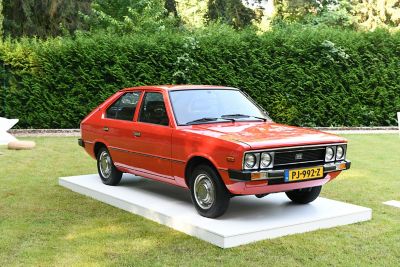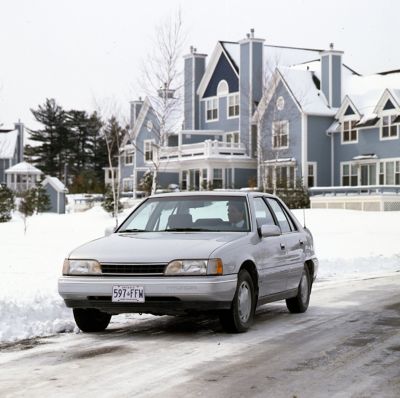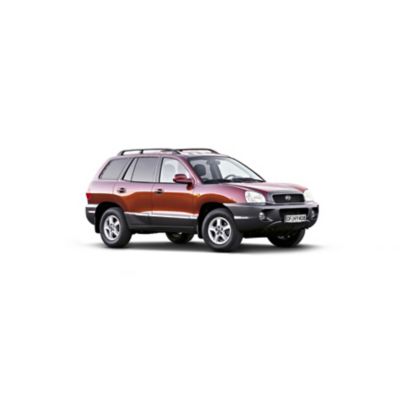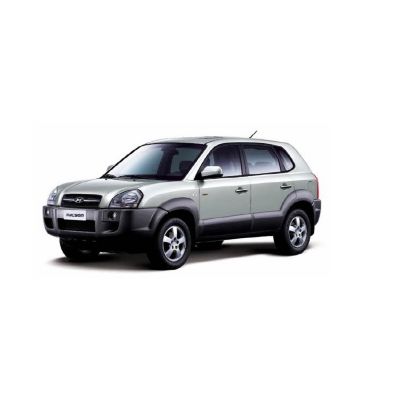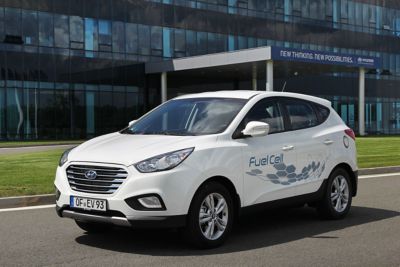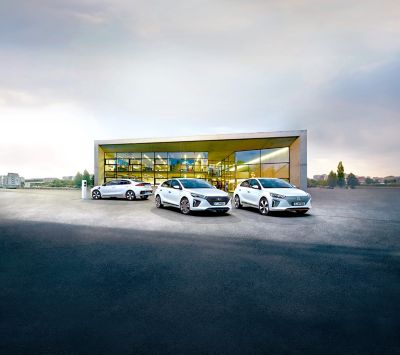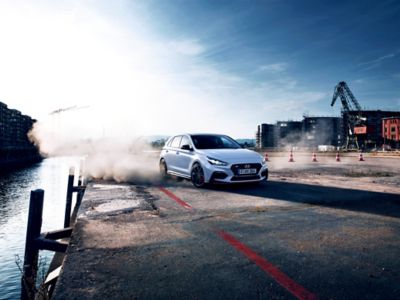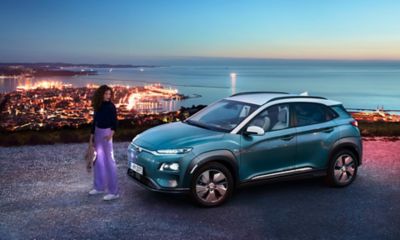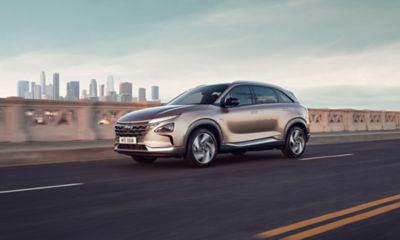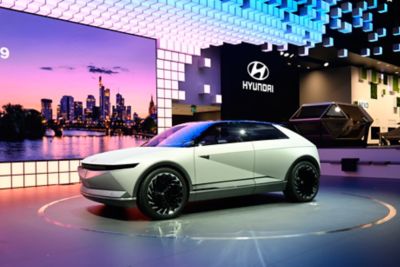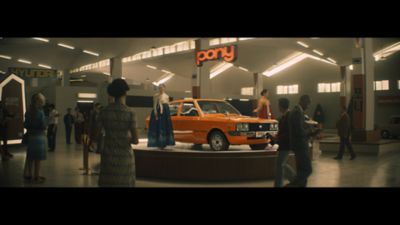
Heritage
Progress does not happen by chance, it is shaped by history.
At the beginning, there was a man with the determination to give his country and his children a new perspective. That’s why Chung Ju-yung founded Hyundai, and that’s what shapes us to this day.


Establishment of the Hyundai Engineering and Construction Company
In 1947, the Hyundai Engineering and Construction Company was founded. The name ‘Hyundai’ means ‘modern times’, deriving from the Korean word ‘Hyun’ (현) which means ‘modern’ or ‘present’ and ‘Dai’ (대) which refers to ‘era’ or ‘generation’.
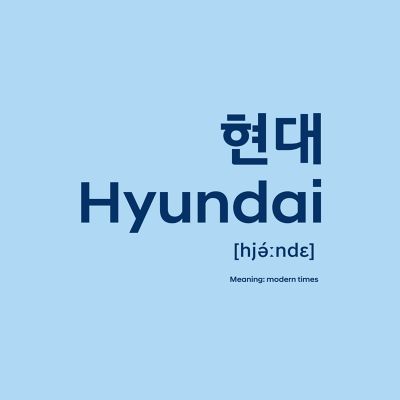
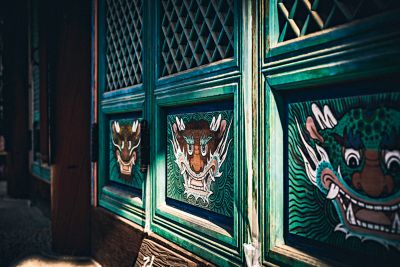
Early 2000s
By the turn of the millennium, Hyundai had begun to overhaul its image in order to establish itself as a world-class brand, investing heavily in the quality, design and manufacturing of its. The first SUV, the Santa Fe, was launched in 2000 and its success led to the introduction of the Tucson in 2004.
2010s and beyond: pioneers in future mobility
Throughout the 2010s, Hyundai has increasingly turned its attention towards environmentally friendly vehicles and technology. Going forward, the company aims to lead the pollution-free mobility era by improving fuel efficiency and seeking new energy possibilities.

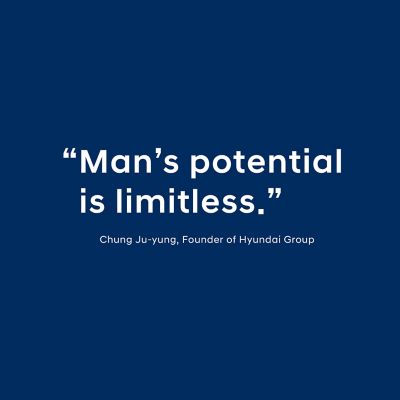
Next Awaits
So far, the 2010s have seen Hyundai establish itself as a leader in the automotive industry when it comes to future mobility. This can be seen in the company’s new ‘Progress’ campaign, which demonstrates how Hyundai’s 50-year heritage formed the progressive spirit that allows it to continue to innovate today and meet the challenges of the future, under the tagline “Next Awaits”.
